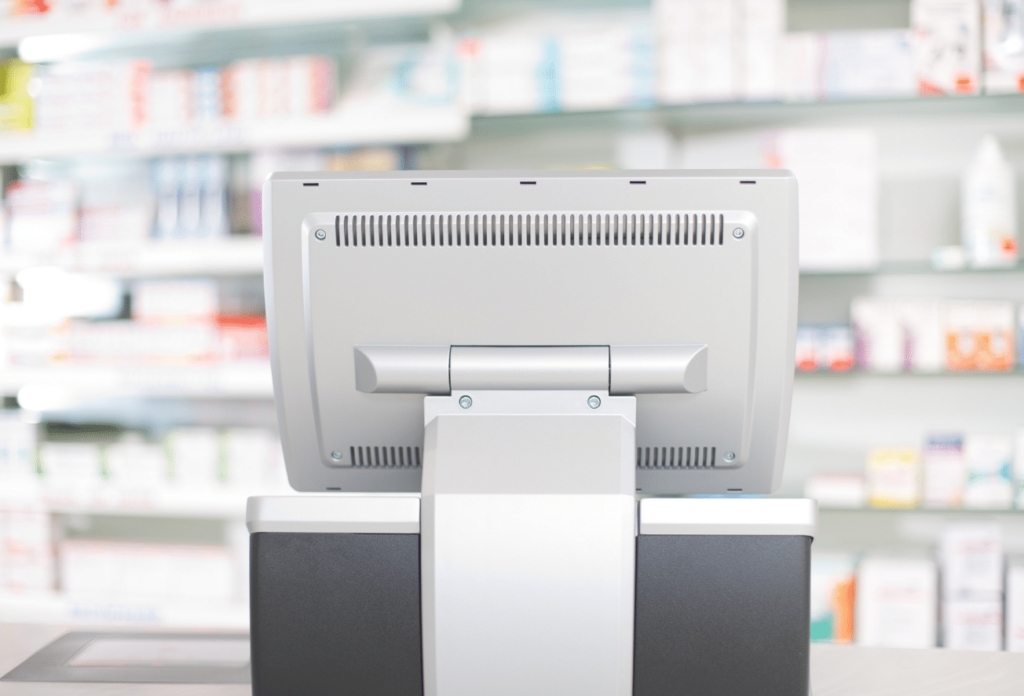Pharmacy Data Conversions: Get the Facts
September 16th, 2020
Pharmacy data conversions can be complex. If your pharmacy is changing software systems, get the facts about how to ensure an accurate conversion.
While pharmacists focus much of their attention on patient care, there’s also a technology component of everything they do. Your pharmacy software solution is critical to your operations. It holds valuable data, and when you decide to change software, much of the data needs to come with you. In this scenario, you’ll need a pharmacy data conversion.

While you’ve probably heard of data conversions, you may not be an expert. And that’s okay—you don’t have to be. However, there are critical things every pharmacist needs to know before they go through the process.
As pharmacy data conversion specialists, we’re glad to share with you the facts!
Fact One: Field Matching Isn’t Exact
When you switch from one platform to another, even if they do the same thing, field matching is never perfect. Most of the general fields will be the same, but there are lots of variations around more specific fields.
That doesn’t mean you can’t have an accurate migration. It’s critical to work with your new software provider and data conversion partner to validate field mapping. Data converters understand the ins and outs of pharmacy systems and likely have an answer to field mismatches, but always verify your test data.
Fact Two: 340B Conversions Can Be Tricky
What makes this data element difficult in conversions is that it’s a separate inventory database, as you only track it and don’t pay for it. 340B data conversions are unique from other components. You should discuss 340B databases with your conversion provider, including where they live now and where they’ll reside in the new system.

Fact Three: Data Purging Leaves You with a Cleaner Conversion
If unlinked data is still in your system, it’s a good idea to purge it. Getting rid of stale, incomplete, or inaccurate data offers you a fresh start. Have a conversation about this and ensure that anything you purge is not part of the records you need to retain to meet compliance requirements.
Fact Four: Systems Handle Drug Pricing Differently
Each prescription has a retail and copay price. Most conversions will migrate both, but your new software system may handle these numbers differently. There are several variables in play here, so this is another area to clarify before you convert.
Fact Five: QA Is Everything
In most data conversion workflows, test data is sent to the new system first. This test is necessary for validation of field matching. After review of the test data, you’ll need to provide feedback on any issues. Your data conversion partner should also have a robust QA process that delivers the most accurate results. All stakeholders—data conversion companies, pharmacies, and software providers—must participate.
Want More Facts About Pharmacy Data Conversions?
These five facts are just the start. We’ve developed an in-depth whitepaper, The Ultimate Guide to Pharmacy Data Conversions. You can download it today to get all the inside information from our team—experts in pharmacy data conversion since 1997!